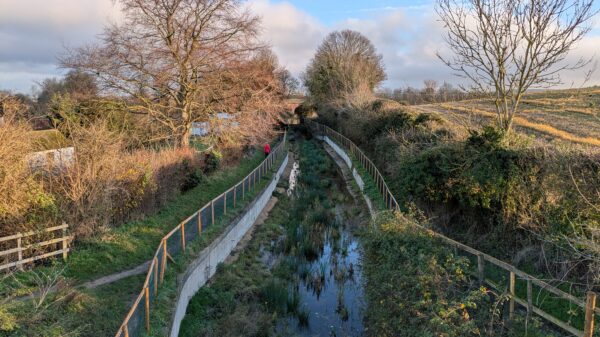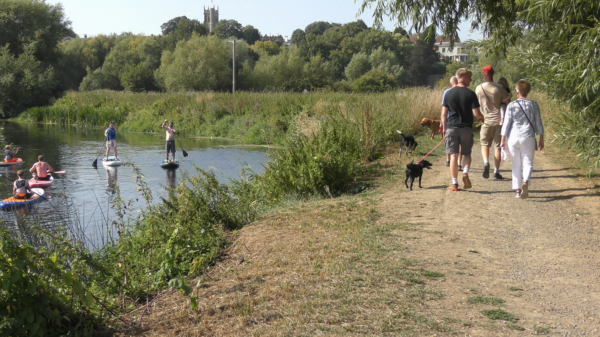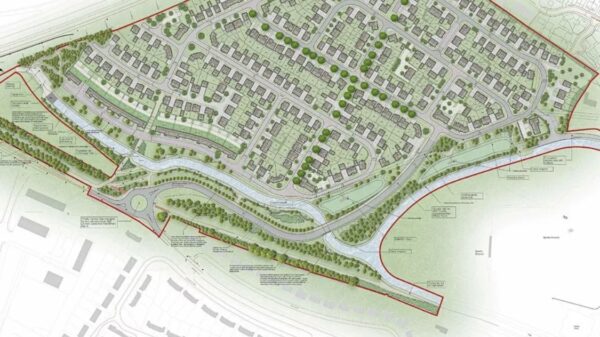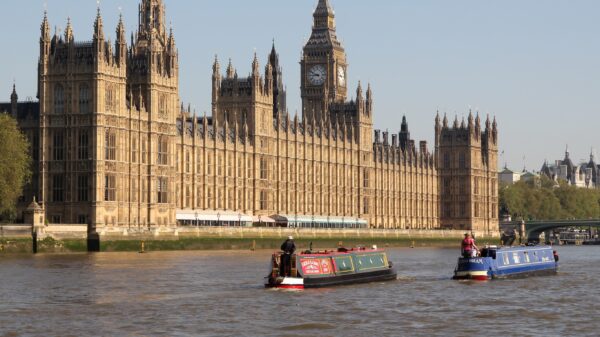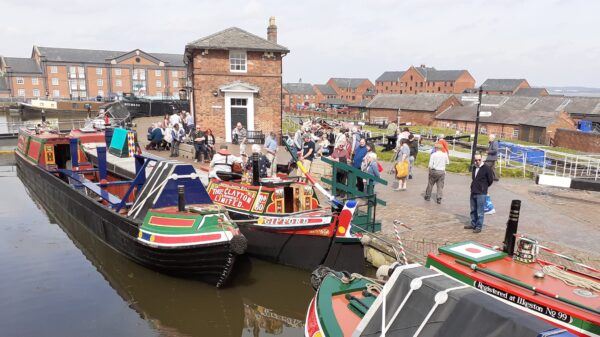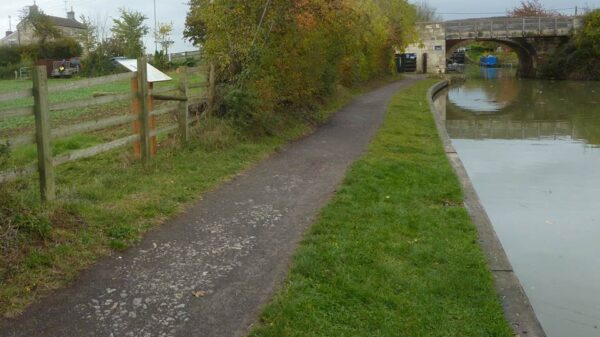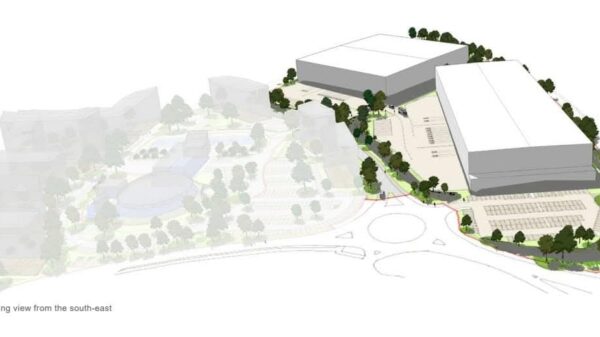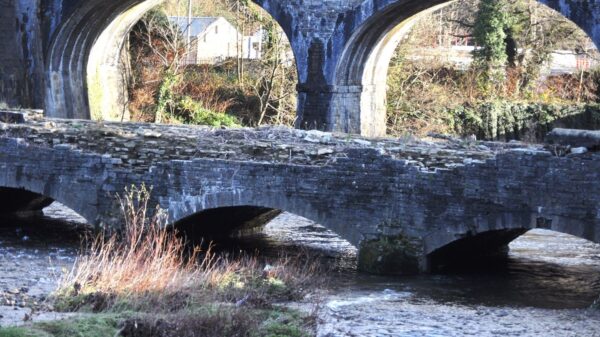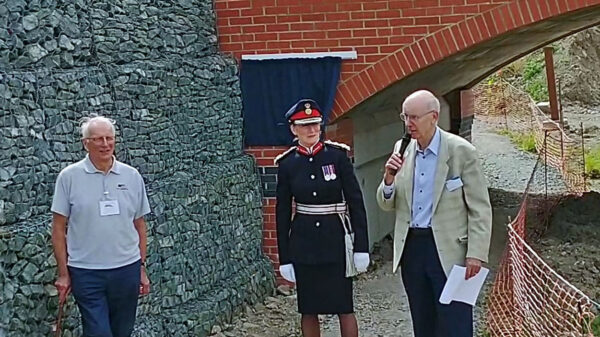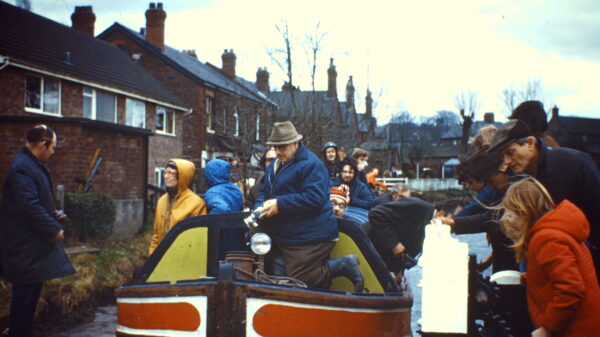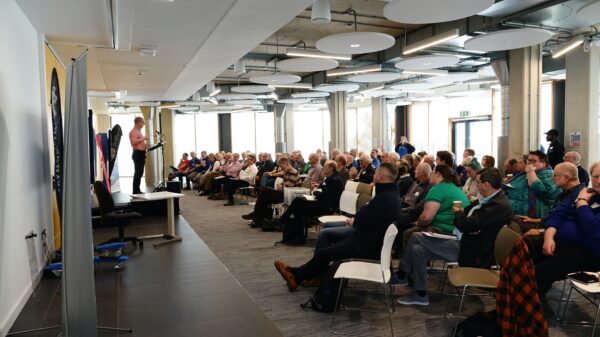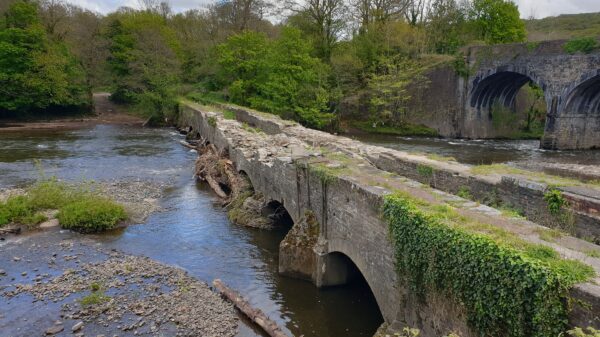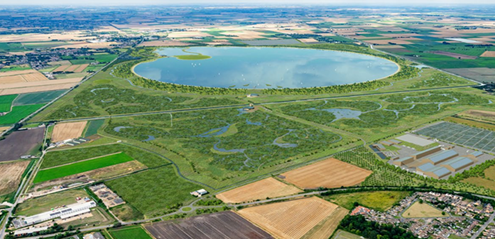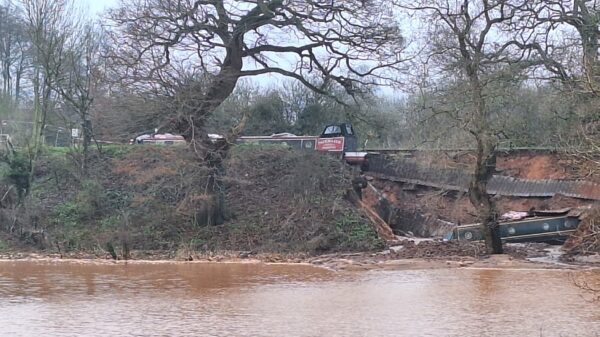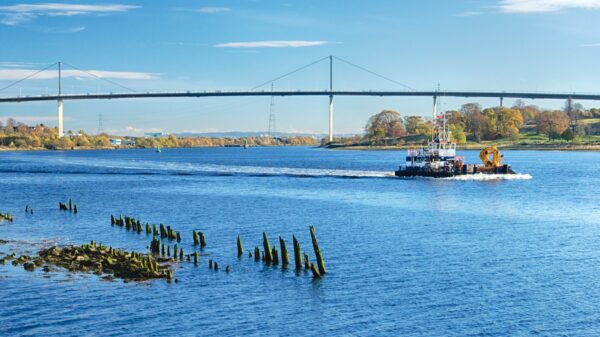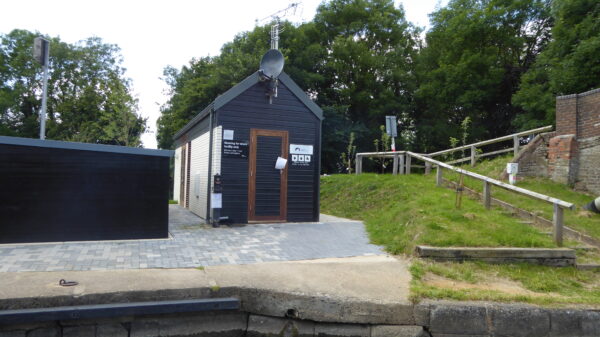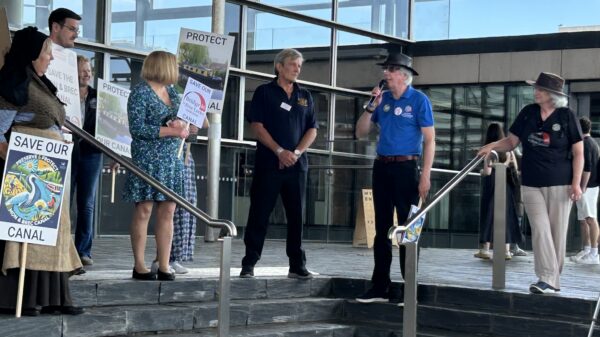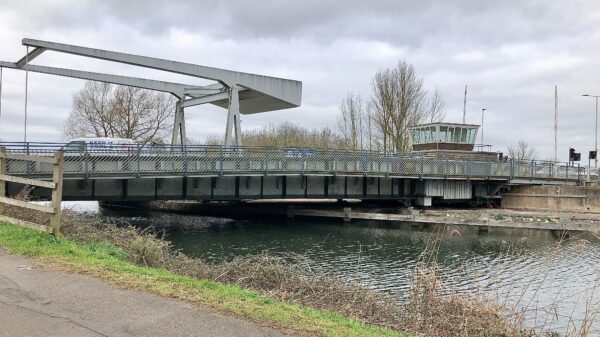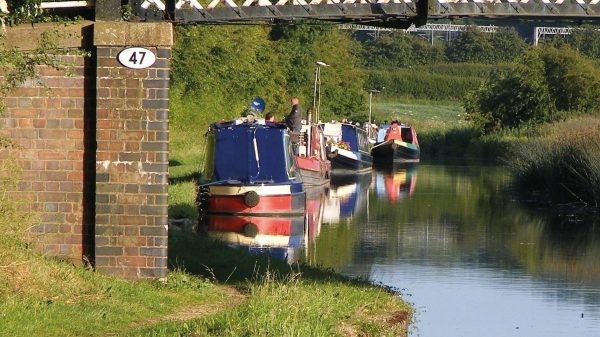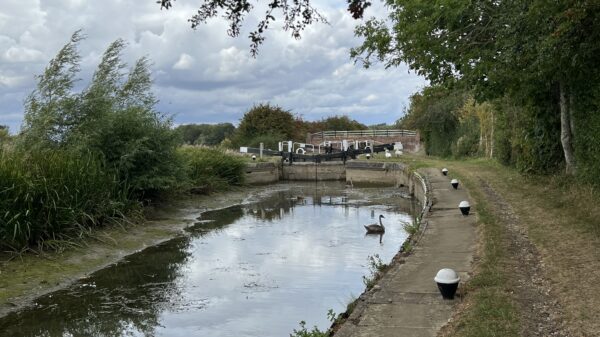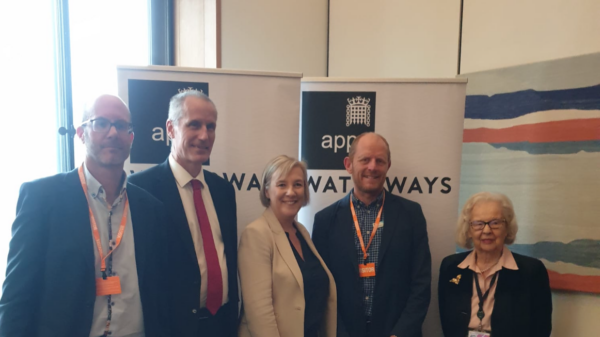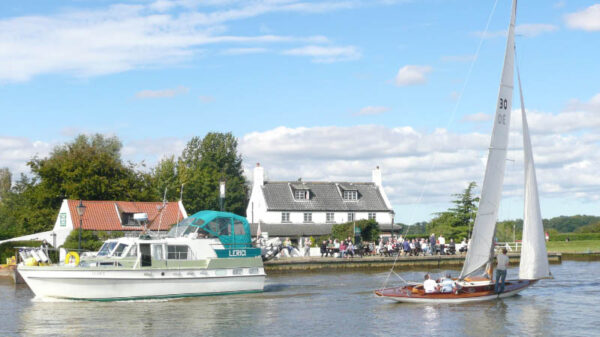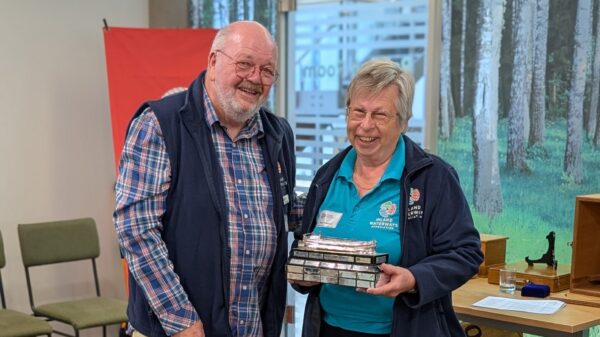Obstacles included two motorways and countless road blockages. So how did it ever get completed?
The answer lies with far-sighted local authorities, who wanted their communities to benefit from the restoration. Local hire boat fleet, Shire Cruisers, played a part in bringing life to the waterway.
Getting boats regularly using this isolated stretch of water, brought with it the economic benefits associated with tourism but also turned it into a ‘working waterway’. This helped make the case for further restoration.
When Nigel and Susan Stevens bought Shire Cruisers in 1980, their boats could only go one way, on the Calder & Hebble Navigation. They were excited by the expansion prospects presented by the Rochdale restoration. By 1985 this had advanced to six isolated but navigable miles around Hebden Bridge. They put a boat here, and short breaks were so popular that a second boat was added.
One of many make-or-break moments was the public enquiry for the Manchester ring road (M60) – because of the established boat hire operation, the inspector saw the potential of the canal and ruled that the ministry must provide for navigation. This changed the prospects of the canal with funders now believing they were backing a winner.
Seeing the waterway in action made all the difference. Funding agencies could be confident that their investment would benefit the local community.
In 2001, the Huddersfield Narrow was reopened, which completed the South Pennine Ring, bringing even more holidaymakers to the area, all ready to spend their money supporting growing local businesses.

